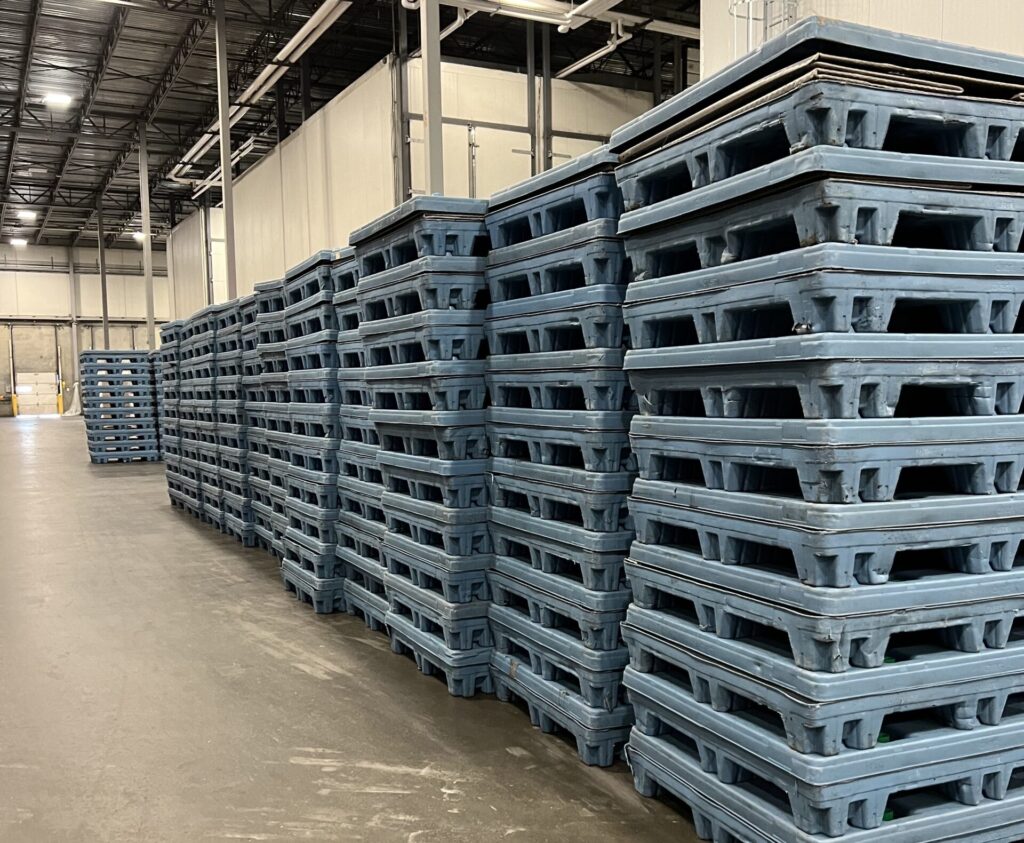466
Stores served
Inedible food is backhauled through Divert's reverse logistics process.
230K
Tons of food diverted
Keeping inedible food out of the landfill has significantly reduced retailers' carbon footprint and trash costs.
226M
Kg of CO2e mitigated
226 million+ kg of CO2e is the equivalent of providing 55,500 homes with electricity for a year*.
Together with a certified sustainable farm in the Pacific Northwest, Divert brought its innovative approach to implementing unsold food diversion programs to create one of the most impactful closed-loop stories in the U.S.
The Problem
Three of Divert’s grocery chain customers were all looking for a solution to reduce their unsold food, carbon footprint, and trash costs across multiple store locations.
Our Solution
These customers turned to Divert to implement its wasted food diversion program with its stores in Oregon, Washington, Idaho, and Alaska. Divert’s program seamlessly integrated into the existing retail supply chain and store operations, leveraging reverse logistics and collapsible bins to present a standardized program for operators to easily execute. This logistics and collections system, coupled with Divert’s RFID tracking technology, ensured immediate and ongoing measurable success.



Each day, after any edible food is first donated, the inedible food from more than 466 grocery stores is backhauled to each retailer’s warehouse, consolidated onto trailers, and transported to Divert’s facility for data collection and processing. Divert’s depackaging technology captures the valuable carbon and nutrients within the inedible food to generate a clean liquid slurry.
This liquid slurry is taken to a certified sustainable family farm in the Pacific Northwest, which produces over 30 types of fresh to frozen fruits and vegetables that are sold in the stores. Here they process the slurry through an anaerobic digester along with the farms own processing waste and crop silage. The gas from the digestion process is harvested and converted to renewable electricity, which generates twice as much as the farm and its production facility can consume. After the gas is captured, the nutrients are captured in the remaining solids, which qualifies as an organic fertilizer, and is spread on the farm’s 5,000 owned and managed acres for future crop production. In addition, the facility also generates steam and captures heat to use throughout the production and drying process.
The Results
Since 2017, Divert has prevented approximately 230,000 tons of inedible food from these customers’ stores from reaching the landfill, significantly reducing carbon footprint and trash costs. In addition, Divert has sent the partnering farm over 35 million gallons of slurry that has been used to create renewable electricity and organic fertilizer. This partnership has enabled the capturing of carbon and nutrients within the inedible food to generate energy and fertilizer for future fruit and vegetable production. These products are packaged at the farm’s production facility and then sold in the same stores where the inedible food originated, ultimately creating one of the most innovative and impactful closed-loop stories in the U.S.
In collaborating with Divert, the three retail customers and partnering farm have seen the following benefits since 2017:
- 230,000 tons of inedible food diverted from landfill
- Backhauled from 466 stores using Divert’s reverse logistics platform.
- 226 million+ kg of CO2e mitigated
- This is the equivalent of providing 55,500 homes with electricity for a year*.
- 35 million gallons of slurry produced
- Used to create renewable electricity and organic fertilizer.
